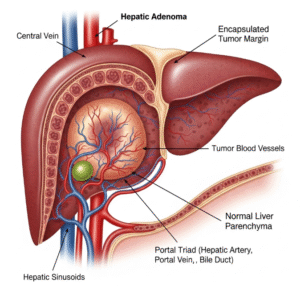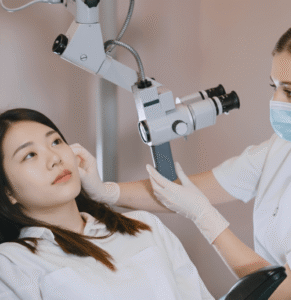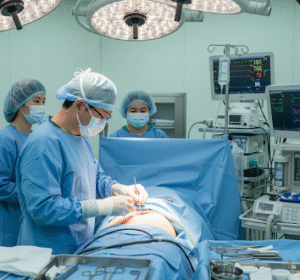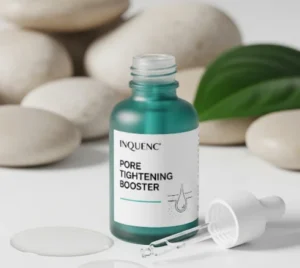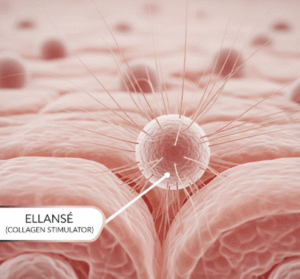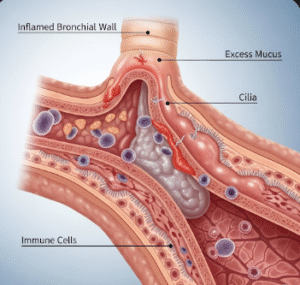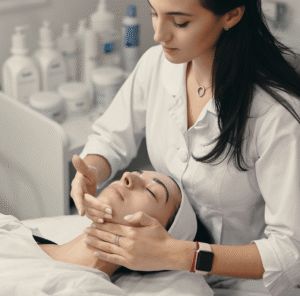What It Is
Ganglion cyst excision is a surgical procedure that removes a benign, fluid-filled lump that often appears near joints or tendons, most commonly on the wrist, hand, ankle, or foot. These cysts are filled with a jelly-like fluid and connected to nearby joints or tendon sheaths through a stalk.
Although harmless, they can cause pain, weakness, restricted movement, or cosmetic concerns. Surgical excision involves removing both the cyst and its stalk to minimize recurrence. In Korea, surgeons often use minimally invasive and microsurgical techniques for safe removal, faster recovery, and minimal scarring.
Why It’s Done
Patients undergo ganglion cyst excision because:
- The cyst causes pain, numbness, or pressure on nearby nerves.
- Joint movement or grip strength is affected.
- The cyst recurs after aspiration (needle drainage).
- The lump is cosmetically undesirable.
Good candidates include patients with symptomatic, recurrent, or bothersome cysts who are otherwise healthy.
Alternatives
- Observation for painless, stable cysts.
- Aspiration (needle drainage), though recurrence rates are high.
- Steroid injections after aspiration, though results are temporary.
Preparation
Before surgery in Korea, patients will:
- Have a consultation with imaging (ultrasound or MRI) to confirm diagnosis.
- Stop smoking and alcohol 1–2 weeks before the procedure.
- Avoid blood-thinning medications and supplements.
- Prepare for a quick outpatient recovery.
How It’s Done
- Anesthesia: Usually local anesthesia with sedation; regional or general anesthesia may be used.
- Incision: A small cut is made directly over the cyst.
- Excision: Both the cyst and its stalk are removed to reduce recurrence.
- Closure: The incision is sutured and dressed.
- Duration: 30–60 minutes, usually performed as outpatient surgery.
In some Korean centers, arthroscopic (keyhole) excision is available for smaller scars and faster healing.
Recovery
- First week: Mild swelling and discomfort, managed with oral medication.
- Bandage or splint: May be applied for 1–2 weeks.
- Daily activities: Most patients resume within a few days; full mobility within 2–3 weeks.
- Final results: Smooth contour and restored function in 1–2 months.
Possible Complications
- Recurrence if part of the stalk remains.
- Infection or delayed wound healing.
- Temporary stiffness or numbness near the site.
- Rare risks: nerve or vessel injury.
Treatment Options in Korea
Diagnosis
Korean surgeons use ultrasound and MRI scans to confirm cyst origin and exclude other soft tissue conditions.
Medical Treatments
- Aspiration or steroid injections for first-time cysts.
- Splinting or rest to reduce temporary symptoms.
Surgical or Advanced Therapies
- Open excision for complete removal.
- Arthroscopic excision for smaller scars and quicker recovery.
- Microsurgical methods to preserve nerves and prevent recurrence.
Rehabilitation and Support
- Physiotherapy if stiffness occurs.
- Scar management with silicone gels or laser.
- Regular follow-ups to monitor healing.
- International patients benefit from Korea’s modern outpatient facilities, skilled microsurgeons, and multilingual aftercare services.



